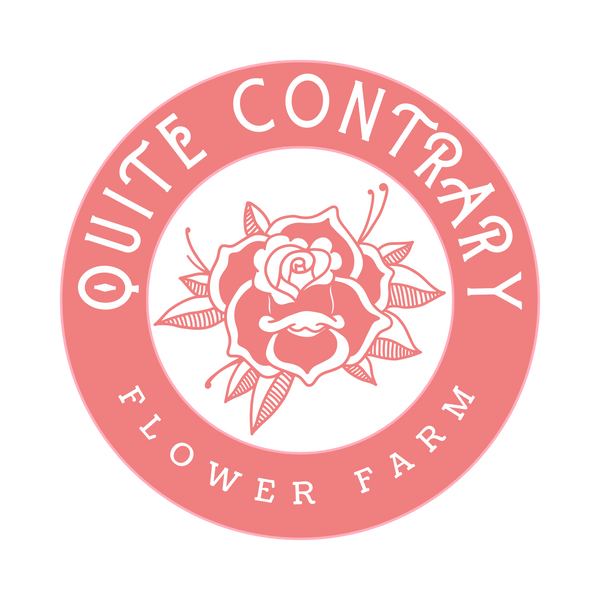Dahlias are unique plants and there are different ways to grow them and propagate them depending on the result you want to achieve. At its core there are two different methods:
1. clone the dahlias; and
2. create a new dahlia cultivar.
1.1 What Is a Clone Dahlia?
Dahlias don't grow true from seed which means that every plant in a cultivar (eg. Cafe Au Lait) originated from a single seed.
Since that 'mother plant' every single plant, in every person's garden, of that cultivar has been cloned: a copy of the original plant.
The most common way that we think of this being done is by tuber division.
However taking cuttings is an efficient way to increase your own stock and to create backups of your favourite plants during the season.
1.2 Dahlia Tubers
A dahlia tuber, being a clone, will look exactly like its parent plant. This can be an easy and efficient way to purchase your dahlias as they can be shipped in the mail and don't require too much fuss at planting time. They are typically sold from winter until planting time.
Dahlia tubers are the starchy root of the plant. Its job is to hold enough nutrients and sugars for the plant to store over winter, emerge in spring, and establish new feeder roots.
Tubers are divided from the mother plant after the clump has been dug up from the ground.
It's important to know that tubers are not bulbs and so size doesn't matter. So long as the tuber is large enough to be viable (typically anything bigger than an AA battery) it will grow into a full size plant, flower, and create more tubers within a single season.
1.3 Dahlia Cuttings
There are a few different methods for taking dahlia cuttings, and it partly depends on the time of year that you are taking the cuttings as to the best method. However they all primarily work the same way, and each will give you a clone of the parent plant.
It is also possible to purchase plants that have been grown from cuttings. Depending on the timing of the cutting these also have the potential to grow into a full size plant, flower, and produce tubers.
Full disclosure: I have the most luck taking cuttings in very early spring from the tuber. I have far less luck with leaf cuttings, and autumn cuttings.
Expect to see a post about about all things cuttings in early spring when I start to take cuttings of my stock.
2. Create a New Dahlia Cultivar
Any time you grow a dahlia from seed you have a new dahlia cultivar.
Of course, it's a little more complicated if you want to name it and sell it, but that's the basic premise.
Every dahlia seed is genetically different to every other dahlia seed.
That means that one flower can produce multiple seeds which will each, in turn, grow into a unique plant with a unique flower. And there's no guarantee that any of those seeds will look like any of the parents.
The reason I say 'any' of the parents and not 'either' of the parents? That's because every seed is individually pollinated which means that while one parent is known, every seed could have a different second parent.
Complicated, right?
The good news is that collecting seed, growing seed, and enjoying dahlias grown from seed is simple.
One of the joys of growing from seed is that it can be as simple or as complicated as you want to make it. You can allow self-sown seeds to drop and grow where they may, or you can implement a breeding plan where you select parents, isolate plants, and keep extensive records - or anything in between.
So what is the best way to grow dahlias?
That is a question that I can't answer for you. It's all going to depend on your goals.
If you want a known quantity then buying a named variety is the way to go. Want to keep things a little more exciting, or grow a lot of flowers for the bees? Have a try at growing from seed.

